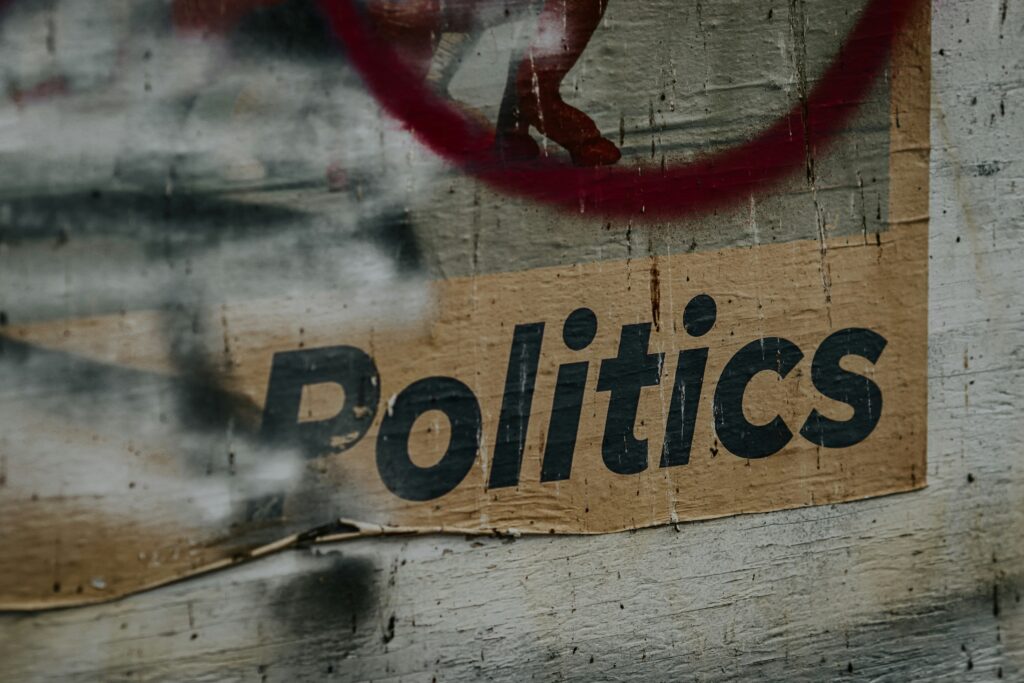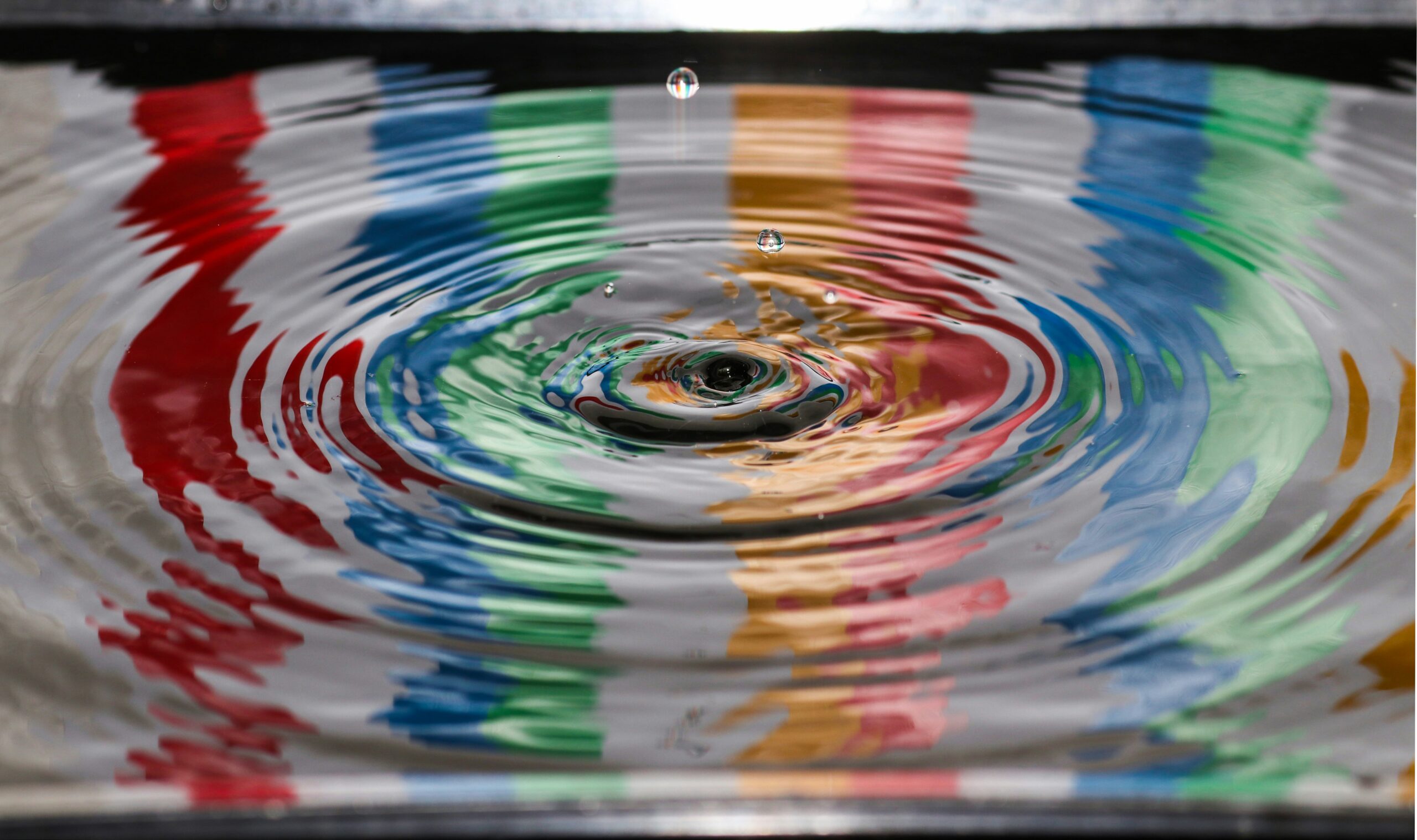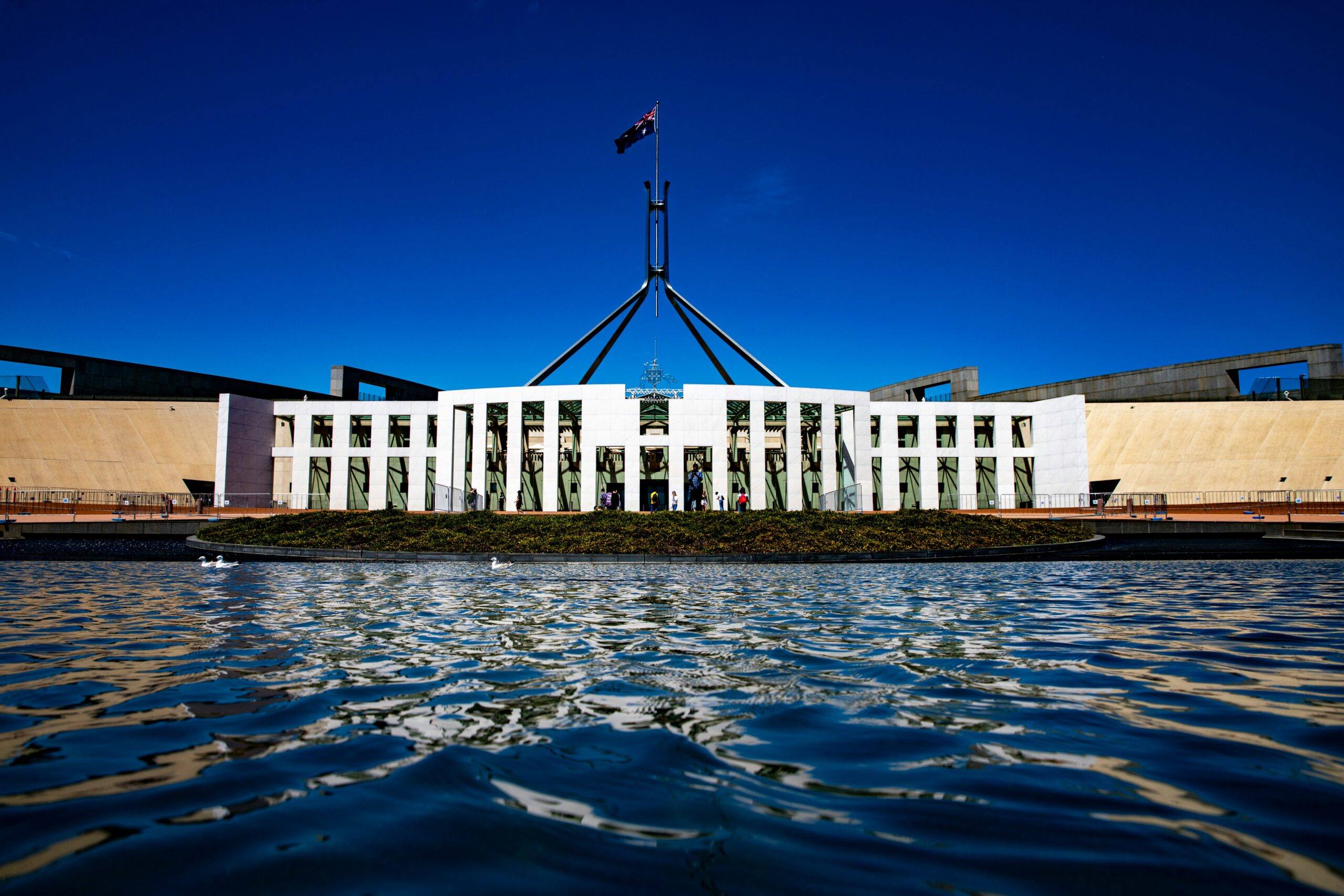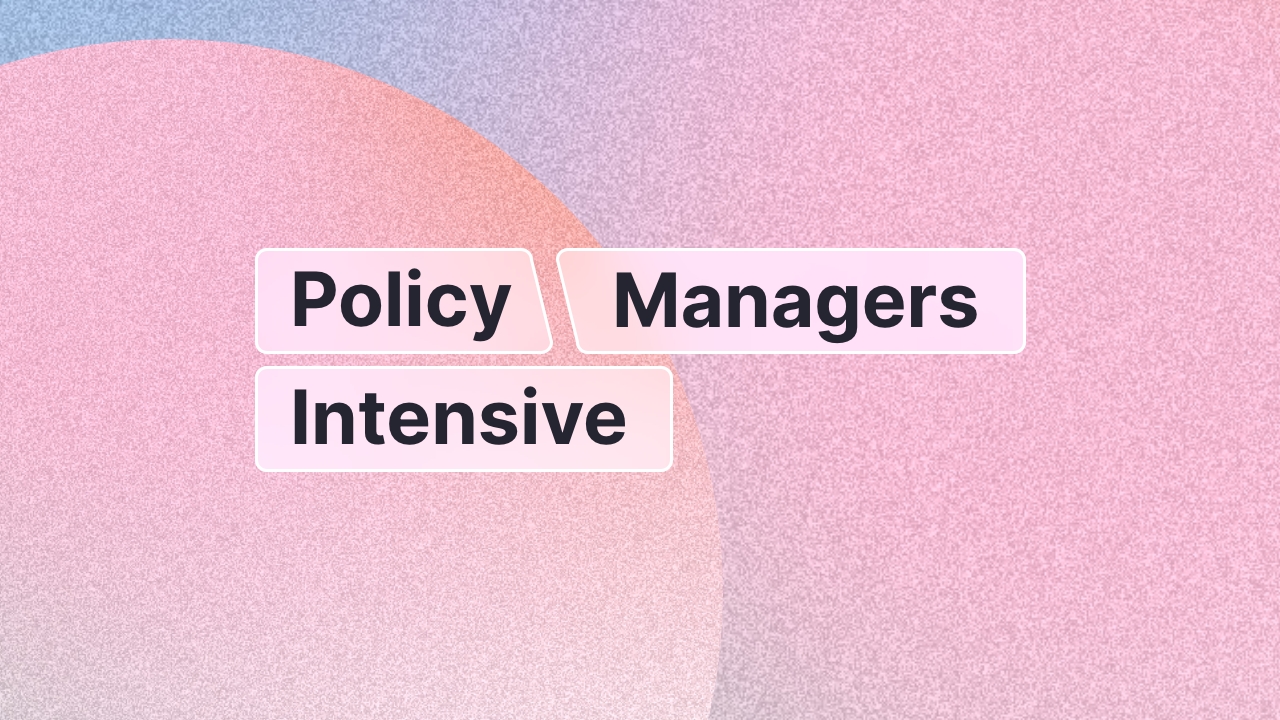
Kingdon’s policy window theory
An explainer by Team FP
When we’re seeking to understand how and why policy changes happen, few theories are mentioned as often as Kingdon’s Policy Window Theory.
If you’ve ever heard of people talking about policy windows or agenda setting – it probably comes from this theory, which was first published just over 40 years ago in the book, Agendas, Alternatives and Public Policies (1984).
This theory is also referred to as the Multiple Streams Framework or Agenda Setting Theory.
Kingdon’s theory seeks to explain why and how some issues get traction ahead of others. The framework explains that change is more likely to happen when a policy window opens. The window opens when three streams converge – problem, policy and politics.
What are the three streams?
The three streams are the problem stream, the policy stream and the political stream. We unpack these below:
Problem Stream: This stream involves the identification and recognition of a problem or issue. This can emerge as a result of a crisis, media attention, feedback, data or a major event. This is the part where the issue is recognised as a problem that needs addressing.
Policy Stream: This stream involves the identification of a wide range of policy proposals and solutions. The most viable proposals are those that are technically feasible, align with prevailing values and publicly acceptable.
Politics Stream: This stream is the political environment. This includes elections, public sentiment, and the influence of interest groups. Political factors can create conducive conditions for policy changes.
What is a policy window?
Kingdon emphasises that for a policy window to open, the three streams must align. When problems, policies, and politics align, it creates a window of opportunity for policy advocates to push their proposals forward.
For a policy window to open, all three streams must align. This creates a time-limited window of opportunity for advocates to advance their policy proposals. Policy windows can emerge when there is a change in political leadership, a crisis or public pressure or a shift in the community sentiment.
The likelihood of action being progressed depends on the readiness of the policy proposal. Policy entrepreneurs can also successfully work towards an alignment of the streams through effective advocacy.
What are policy entrepreneurs?
Policy entrepreneurs are people who invest their resources in advancing and promoting a policy idea. Policy entrepreneurs can play a critical role in aligning the three streams by identifying problems, proposing viable solutions, and taking action at moments when there are political opportunities.
They use their networks, knowledge, and skills to navigate the policy process and advocate for change. They are often the bridge between good ideas and political action and it is their action that can ensure that a policy window of opportunity is acted upon.
Find out more
- Agendas, Alternatives, and Public Policies John W. Kingdon Second Edition, Available online here.
- The Commons Social Change Library has compiled ‘3 Resources to Assess and Open Policy Windows’.
For Purpose delivers training in policy and advocacy which explores concepts such as Kingdon’s policy window theory. Check out our current training schedule.
23 April 2025




